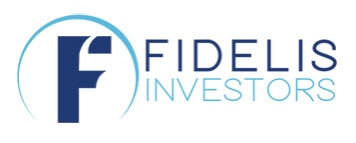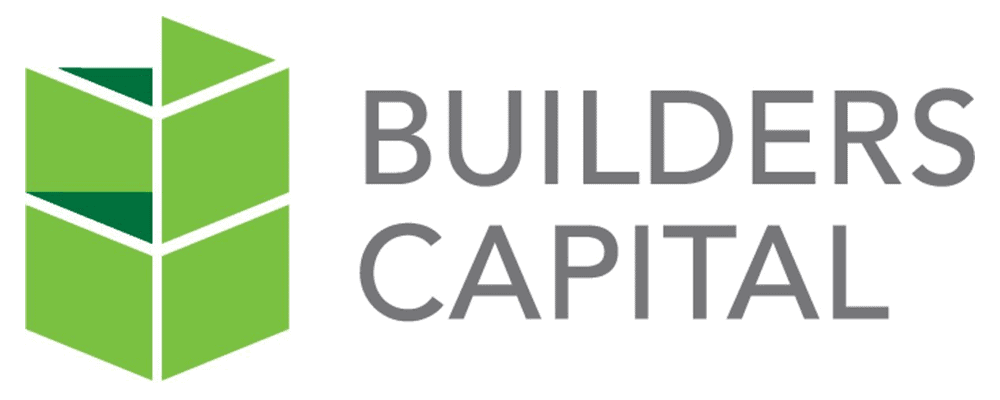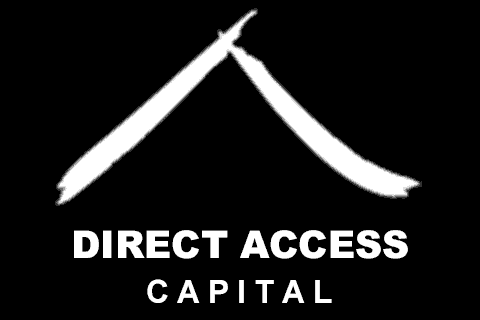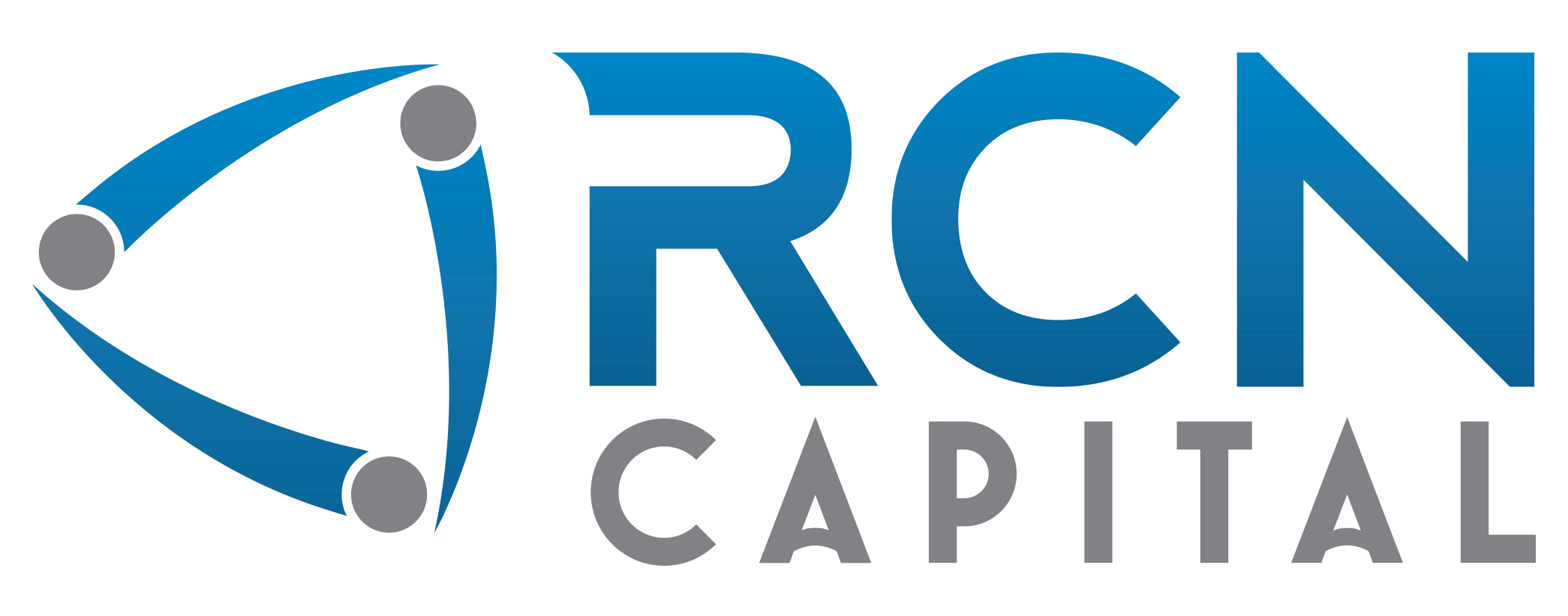Capital for Private Mortgage Lenders & Brokers
This section of our Service Provider directory lists companies that provide Capital to private hard money mortgage lenders throughout the United States. Use the Filters to select a sub-category.Loading...
Sorry, your search returned no results.
Fidelis Investors is a dedicated strategic capital partner for private money lenders throughout the United States. Our platform helps lenders raise capital by efficiently selling loans.
Builders Capital offers a unique wholesale lending program to private mortgage brokers and lenders to originate ground-up construction loans. We provide the capital and expertise to fund projects nationwide.
We provide credit facilities for private/hard money lenders to fund loans secured by residential investment properties throughout the country.
PeerStreet's award-winning software platform connects private lenders to diverse sources of capital from all over the world, including thousands of individuals and institutions, empowering them to fund more loans more quickly, at a lower cost of capital, than their competition.
Join a proven lender in the fix and flip, long-term rental, and new construction financing market and utilize new products to grow your business. Focus on originating, we'll provide the funding. Access leverage to scale your portfolio nationwide. Become a Valued Correspondent Lending Partner with RCN Capital!
AlphaFlow’s Institutional Loan Buying Program is designed to make the loan sale process easy. We buy loans secured by residential and multifamily properties in 40+ states.
This directory is not intended for use by the general public. The companies listed here will only do business with mortgage loan originators.
Get Listed
Do you provide capital to private mortgage originators? Click here to learn more about getting your company listed.






